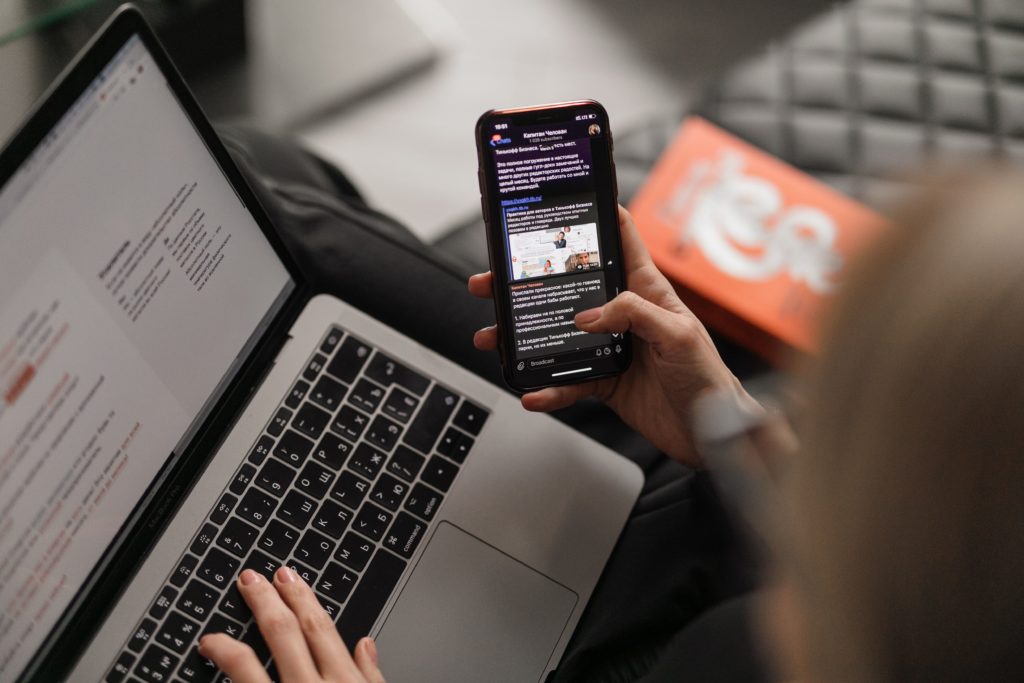3 mobile marketing automation trends to boost your growth in 2022
Mobile marketing automation trends are changing the way we perform tasks and optimize the impact of a marketer’s strategy. Mobile marketing automation enables you to perform laborious tasks at humanly impossible speed and precision while also providing regular reports that help you develop your overall strategy. This is why 92% of marketing agencies are investing more time, resources, and budget into marketing automation integration. Moreover, the global marketing automation market size is expected to reach $25.1 billion by the end of 2023.
As the adoption of mobile marketing automation increases worldwide, it’s important to stay updated as to how marketers are using this technology. You can follow the latest marketing automation trends to identify new ways to use automation and achieve your goals. This guide shares the trends every marketer should know for 2022.
What is mobile marketing automation?
Marketing automation is a technology that can be used to manage your marketing tasks. This includes organizational tasks, offers, data integration, and several other components of a marketer’s operations.
Mobile marketing automation can also be used for lead generation and data analysis. This makes it easier for mobile marketers to focus on strategy and make decisions faster for a competitive edge. An average of 51% of all companies use marketing automation, while 58% of B2B companies plan to adopt the technology. So, which mobile marketing automation trends are helping marketers achieve success in 2022?
3 mobile marketing automation trends to boost your growth in 2022
There are several ways you can leverage this technology to optimize your daily operations. With this in mind, here are X marketer trends that show how they are using the power of mobile marketing automation to their advantage.
1. Hyper-personalization
Personalization is a smart way to increase engagement and provide a satisfying user experience. This will also retain users for longer and ultimately increase ROI. An example of personalization is when a marketer uses automation technology to send emails to customers that address them by their first name.
Hyper-personalization takes this concept to the next level. This is the use of behavioral data to make automated actions in real-time that will increase conversions, and engagement rates and drive growth. User segmentation can also help you reach your customers with personalized content at a humanly impossible scale.
Ryan Brown, Integrated Marketing Director at Kenra Professional explains that “The biggest trend will be continuing to optimize how we personalize our content. Customers are looking for increasingly tailored content and experiences that suit their specific needs.” He adds that “The thought process isn’t new, but automation helps us do it better, reaching customers in the right way at the pinpointed time that makes the most sense for them.”
When performing hyper-personalization, you should consider how each automated action will push the user further through the user funnel. This ensures that personalized content can impact your marketing goals in addition to improving the user experience.
2. Automated social media marketing
Your activity on social media channels can build your community, raise brand awareness and bring you closer to your marketing goals. This important component of every marketer’s overall strategy can require a lot of resources and creativity, but automation can also be used to optimize your workflow.
Automated social media marketing includes everything from automated posting to utilizing chatbots to offer 24/7 support. The aim is to give your audience the best service possible across your channels while also making social media management a less time-consuming task.
As customers may also be finding your brand on social media for the first time, this is also a critical opportunity to make a lasting impression. Using a chatbot to support users is a smart way to provide a better service while eliminating manual work for social media managers. 64% of internet users believe this 24-hour service is the greatest advantage, while 37% use a customer service bot for their immediate access to information.
3. Omnichannel marketing
Another mobile marketing automation trend for 2022 is omnichannel marketing. This is the practice of integrating various channels to interact with your customers to create a consistent user experience. Omnichannel marketing can also streamline the user funnel regardless of how they are interacting with your brand – but how can automation help?
Marketing automation enables you to automatically manage content through the entire user journey. This technology can be used to serve adverts (ads) to users across different channels at the same time. This requires data integration to ensure that the user journey is a cohesive experience, which can be managed with mobile marketing automation.
Conclusion
Mobile marketing automation trends are changing the way we perform daily tasks while optimizing our overall strategy. This has led 92% of marketing agencies to spend more time, resources, and budget on marketing automation integration.
There are many ways you can leverage automation to optimize your operations and reach your marketing goals. For example, hyper-personalization, social media automation, and omnichannel marketing.
If you found this guide to mobile marketing automation trends useful, you may also be interested in discovering how to find the best mobile marketing automation platform and learning what mobile marketing automation means for marketers.





